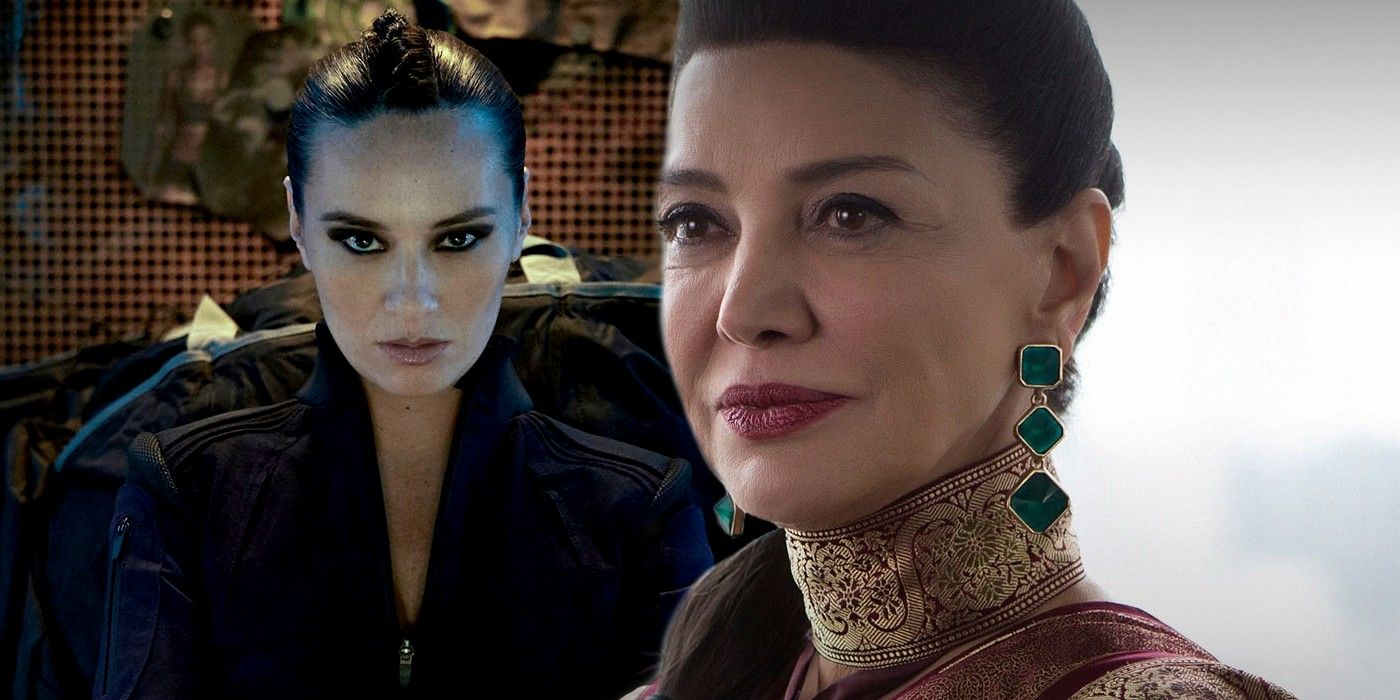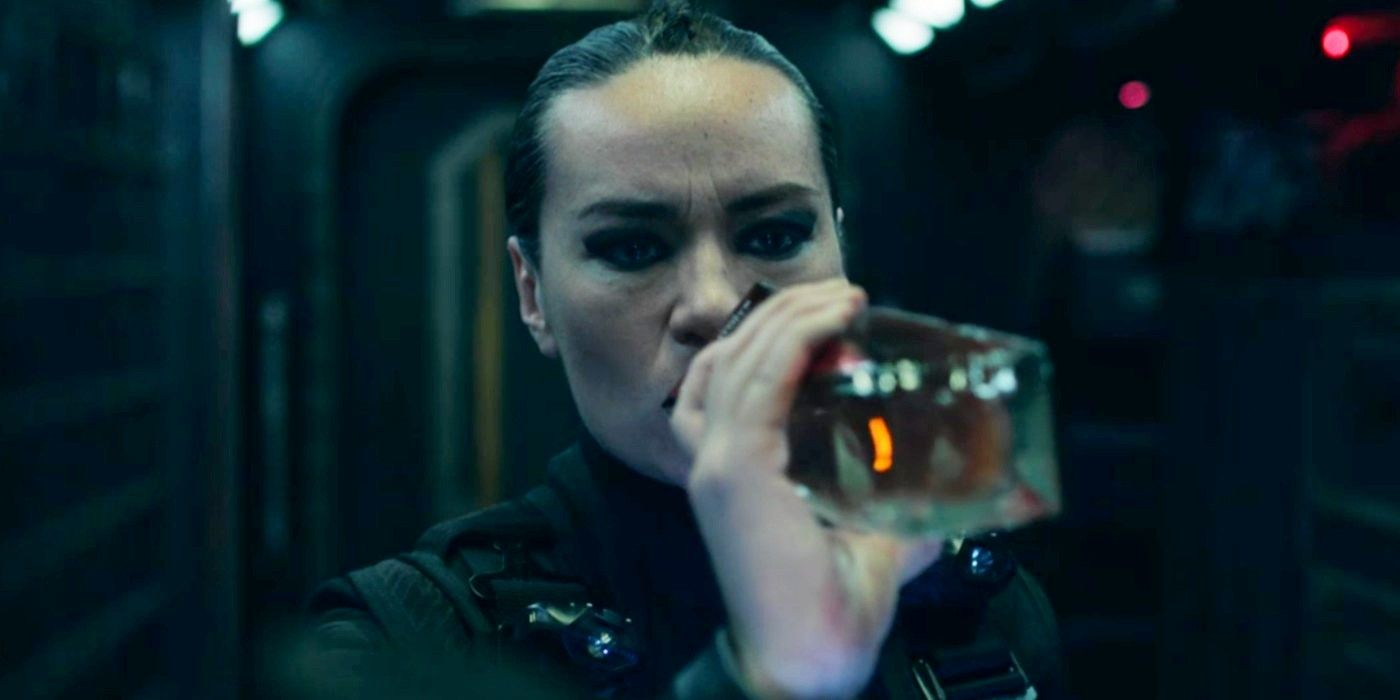The Expanse adapts James S.A. Corey's epic futuristic book series, and skillfully evades a potential pitfall that could've ruined the show completely. Bringing such an expanse-ive science fiction tale to life poses a lot of challenges. Making space dogfights look vaguely realistic, turning blue goop into an ominous world-ending weapon, and successfully depicting the surface of Mars are just a handful of problems The Expanse faced in its journey from page to screen. And all of them were overcome successfully. The Expanse's visual effects proved slick enough to suspend any space-faring disbelief, and the Protomolecule felt suitably threatening, despite more or less being Smurf-colored putty.
But the format of Corey's original novels threatened to scupper The Expanse's live-action TV series. Although the books and show both share the same core crop of heroes and villains, the novels' supporting cast tends to switch around with each installment. Chrisjen Avasarala, for example, only features heavily in books 2 (Caliban's War) and 5 (Nemesis Games), while Camina Drummer doesn't even debut until book 5. This format works perfectly fine in the literary world, but not so much for television purposes, where audiences expect to follow characters until they're written out or killed off.
Thus, The Expanse faced a conundrum. Cutting characters altogether would compromise the narrative, but adapting the cast verbatim would become frantic, never allowing viewers enough time to invest in each of The Expanse's major players. The Expanse's super-smart solution was to combine characters, rather than drop them, and the aforementioned Drummer is a prime example. Drummer's TV arc incorporates elements of her own book character, as well as a hefty dose of Michio Pa in season 5, since it's her who actually betrays Marco Inaros. Drummer's season 3 story, meanwhile, drew from Samara Rosenberg (the Naomi friendship) and Bull (the injury), who wouldn't be introduced until later. Parts of these missing characters were also disseminated to Klaes Ashford in season 3, who received a far more significant presence as a result. Other examples of character merging can be found in The Expanse season 4, where Ilus colonist Lucia takes on her husband's role from the books, and Fayez is given Havelock's function aboard the Edward Israel.
This approach allows The Expanse to avoid two big adaptation problems. Rather than introducing a ton of minor supporting characters with barely anything to do, The Expanse picks a smaller handful of book figures and beefs up their parts. In the cases of Drummer and Ashford, the increased spotlight let David Strathairn and Cara Gee become fascinating personalities that easily eclipsed their written Expanse counterparts. With the likes of Fayez, merging characters simply created a cleaner narrative. Reintroducing Jay Hernandez's Havelock for a bit-part performance after almost 3 seasons away would've been more trouble than it was worth.
The other technique The Expanse employs is adding supplementary material original to the TV show, thereby expanding specially-chosen character arcs. Avasarala and Bobbie Draper were identified as key characters in live-action, and both were handed a more consistent presence than either enjoys in the source material. The Expanse season 1 introduced Avasarala at a far earlier stage in the series, while season 4 set more time aside for Bobbie's brief foray into the Martian underworld.
The Expanse restricts itself to a smaller crop of living, breathing television characters that work far better on-screen than they might've done if adapted authentically from the books. Indeed, had The Expanse carried over every single James S.A. Corey character with their exact role and function, we might not be here discussing The Expanse as a successful adaptation at all.


